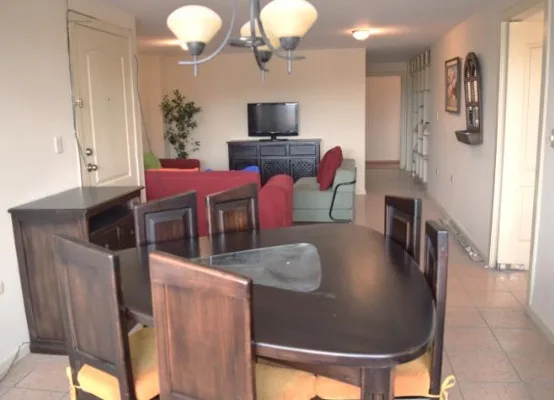Mayor says tram-bus integration delay is due to pandemic, brushes off complaints about subsidy
Mayor Pedro Palacios says that full integration of Cuenca’s new tram system and city buses could take months and will probably not happen before the Covid pandemic is under control. “Discussions between the municipality and the bus companies are continuing but there are still major obstacles to overcome,” he said. “The pandemic has put massive strains on everything, including the transportation system, and we may need to move beyond that before we can achieve final results.”

Cuenca’s tram system continues to spark controversy due to slow progress in talks to integrate it with the bus system as well as the large subsidy the city provides to support operations.
Palacios’ comments follow growing criticism of the lack of progress in integration negotiations, including from city councilmen and National Assembly members.
In two interviews last week, Palacios said he appreciates the frustration of critics who complain not only about the lack of integration progress but the subsidy the city is paying to operate the tram. “I have the same feelings but we have to consider the impact of the pandemic,” he says. “Both the buses and the tram are operating at reduced ridership levels because of the health crisis. The bus companies are in financial difficulty as well as the city and this affects the speed of integration agreements.”
In terms of its operation, Palacios said the tram is doing “very well” and called it a “bright spot” among the city projects. “We have overcome early technical issues and because we are not operating at full capacity we have been able to fine-tune all operations faster than we otherwise been able to. Those who ride the system give it very high satisfaction ratings.”

Mayor Pedro Palacios
The mayor dismissed claims of corruption made by Cuenca National Assemblyman Bruno Segovia. Segovia and at least two other assembly members are demanding an investigation into tram construction expenses as well as the long delay in system integration. “We have already had two national-level investigations that turned up no malfeasance and another one will come to the same conclusion,” he said. “The project records, even before I came to office, were completely transparent and as far as the integration problem goes, all I can say we are working toward a solution.”
Cuenca Councilman Diego Morales, president of the city’s Mobility Commission, has been particularly vocal in criticizing the slow progress for integration. “It is obvious we are not working very hard to find a solution. We don’t even have a clear road map of where we stand in the negotiations. We need a schedule and we need dates of when the integration will begin.” He says his requests to the mayor’s office for information regarding negotiation progress have been ignored.
Morales points out that the city can make a unilateral integration decision if necessary. “The bus companies operate at the pleasure of the municipality,” he said. “They do not call the shots.”
Like other critics, Morales says the money the city spends to subsidize the tram, estimated to be between $5 and $7 million for the year, is badly needed for other projects. “We need money to repair streets and sidewalks and parks and because of the lack of progress with the tram we don’t have it,” he says.
Palacios agrees but again cites the pressures the pandemic. He also counters with the “good news” that the national government will assume the city’s $51 million tram debt to the French government. “I have been in several meetings in Quito following President Guillermo Lasso’s promise to assume that debt and the final agreement will be completed very soon. It will reduce the city’s tram expense by a third.”
Tram project director Jorge Moscoso says the subsidy will be reduced substantially once integration is achieved but insists there will always be the need for some support from the city. “Public transportation is never a money-making proposition,” he says. “Cuenca provides a substantial subsidy to the public bus companies as well and we consider this a benefit to the citizens of the city.”
Regarding the criticism that tram ridership is 50 percent below original projections, Moscoso counters that those estimates were pre-pandemic numbers. “Bus ridership is down 40 or 50 percent too. People are afraid to ride public transportation because of fears of infection and others who were previously used it have lost their employment and no longer need the ride.”
Palacios says there are two major issues to overcome in negotiations with bus companies. “We must decide who controls the Movilizate [electronic payment] card system and which bus routes will change to accommodate integration,” he says. “Bus companies established the card system as part of an agreement with the city to raise fares three years ago and they don’t want to give up control.”





















